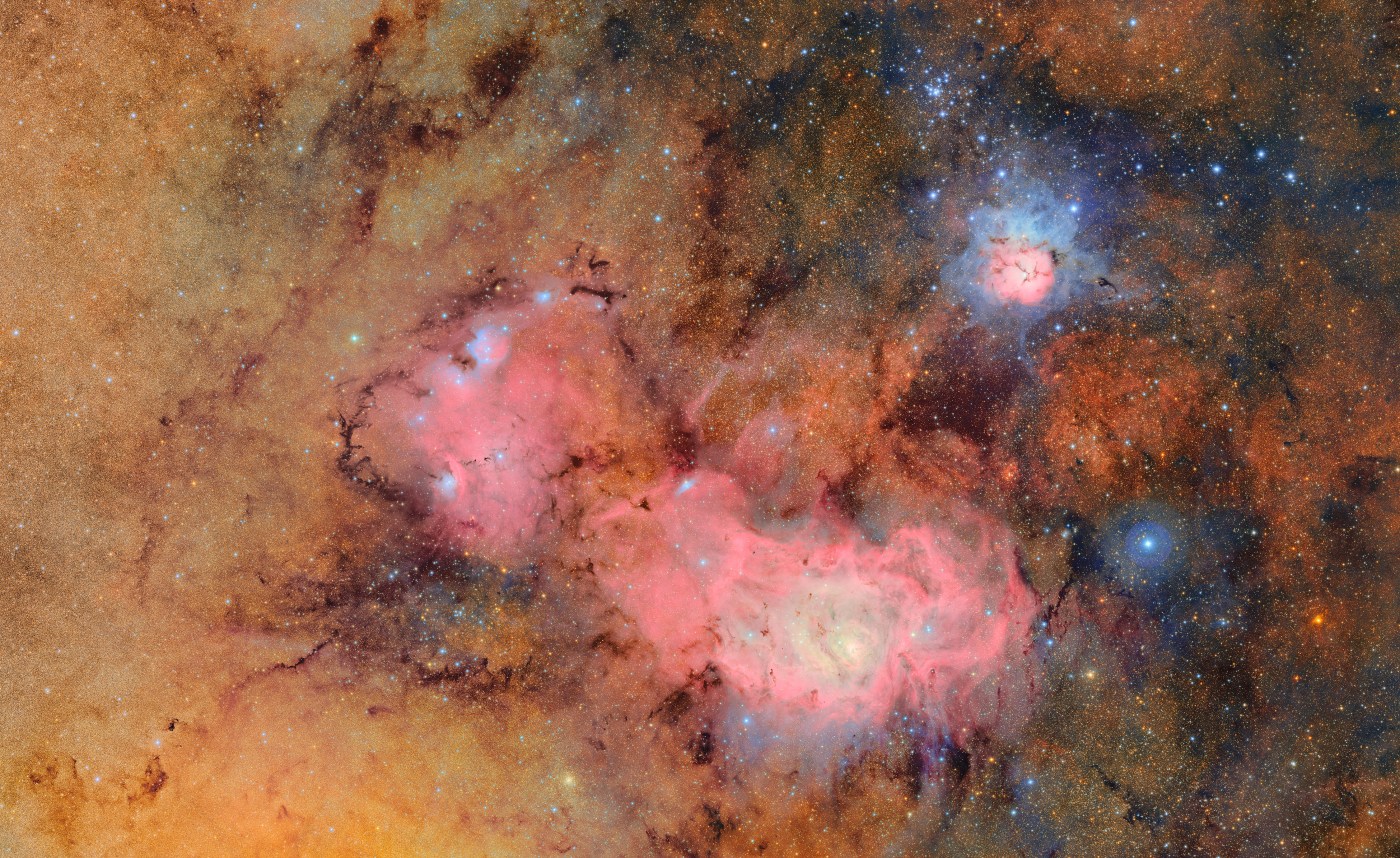
Images from the world’s largest camera, built in the Bay Area, have just been released for the first time, providing a never-before-seen look into deep space.
A decade in the making at SLAC National Accelerator Laboratory in Menlo Park, the $168 million, 6,600-pound camera with a lens five feet across was completed last spring. It was shipped in a secretive, intricately orchestrated mission to a ridge-top observatory in Chile, 8,900 feet above sea level.
SLAC’s camera project manager Travis Lange said last year the 3,200-megapixel camera would “revolutionize astronomy.”
Related Articles
When is the summer solstice in 2025, and what does it mean?
Astronomers create a dazzling, elaborate map of nearby galaxy in thousands of colors
Astronomers discover strange new celestial object in our Milky Way galaxy
Einstein called it his “biggest blunder.” Now a Berkeley Lab breakthrough is shedding light on the mysteries of dark energy and cosmic expansion
Partial solar eclipse to make sun shrink for many in North America (sorry, California)
The first images to be released that were captured by the world’s biggest camera, built at SLAC National Accelerator Laboratory in Menlo Park, and mounted on a telescope in Chile. This image shows another small section of NSF-DOE Vera C. Rubin Observatory’s total view of the Virgo cluster. Visible are two prominent spiral galaxies (lower right), three merging galaxies (upper right), several groups of distant galaxies, many stars in the Milky Way galaxy and more. (Photo courtesy of NSF-DOE Vera C. Rubin Observatory)
The camera, now bolted to the end of a giant telescope at the Rubin Observatory, is expected to shoot photos of 20 billion galaxies, to be stitched together in broad panoramas giving astronomers ever-changing views onto colliding and exploding stars and asteroids, and provide insights into interstellar mysteries including dark energy and dark matter.
SLAC, with its famous linear accelerator used to find the tiniest particles in the universe, is known for building large, sophisticated machines using X-rays, lasers, and electron beams to untangle enigmas on earth and in the cosmos.
Additional information and images from the camera are to be released Monday.
Check back on this developing story.